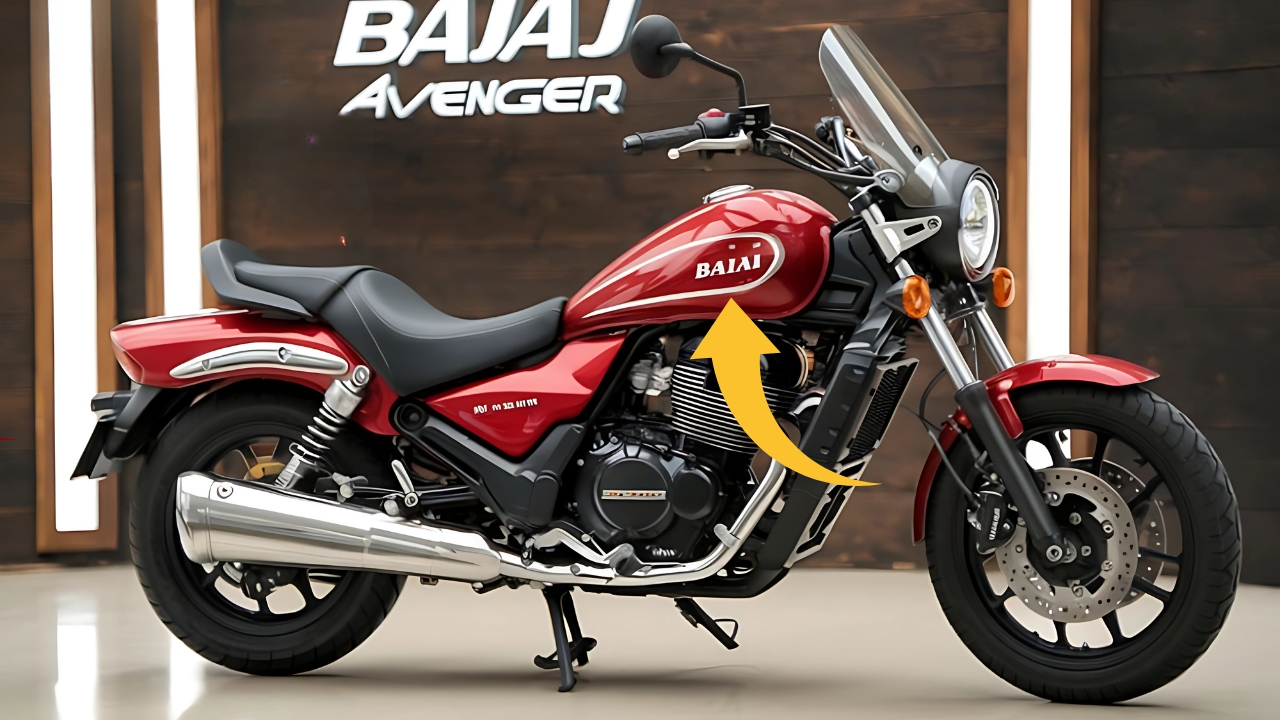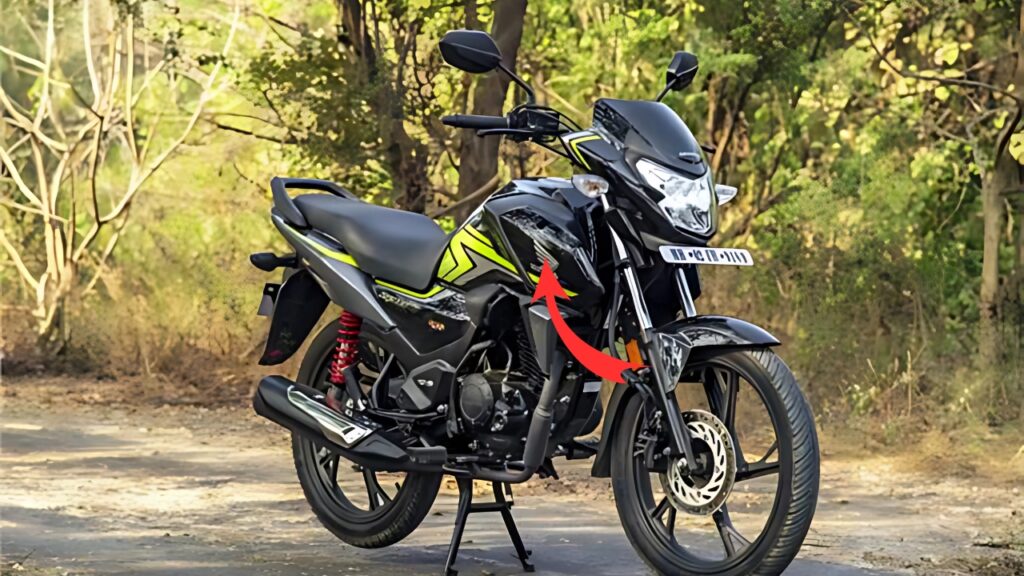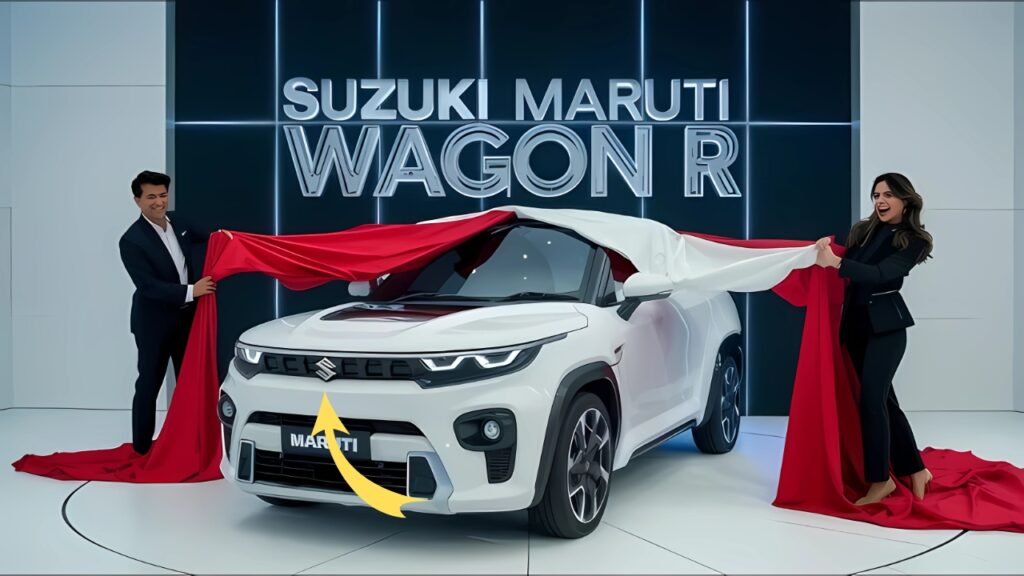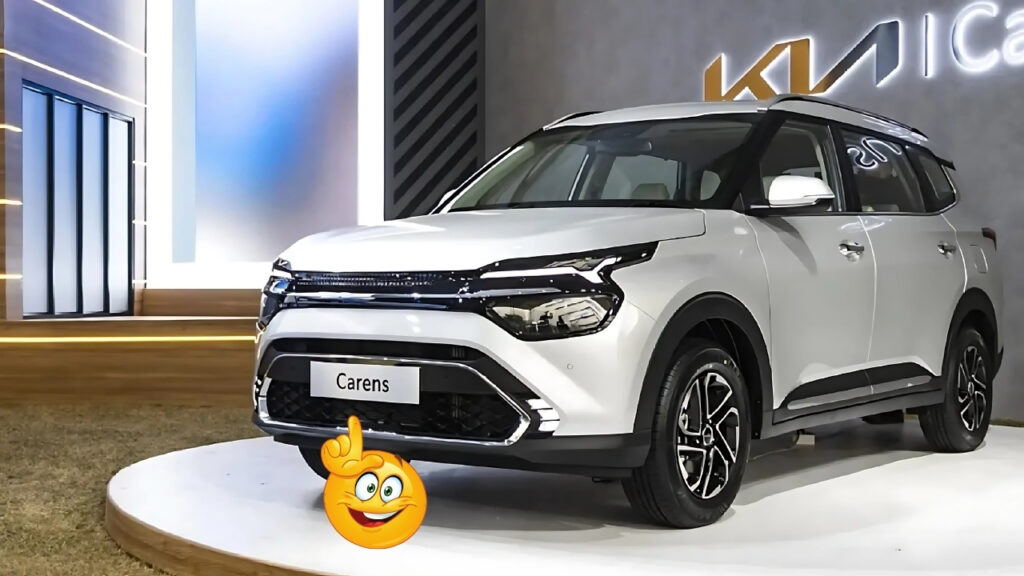Bajaj Avenger 400: The Avenger journey began in 2005 when Bajaj introduced the original Avenger 180, a motorcycle that democratized the cruiser experience in India.
Prior to its launch, cruiser-style motorcycles were largely the domain of expensive imports or the Royal Enfield Thunderbird.
The Avenger changed this dynamic by offering accessible cruiser styling and ergonomics at a significantly lower price point.
Over the subsequent years, the Avenger lineup evolved through various displacement increases and model variants.
The introduction of the 220cc version in 2007 represented a significant step forward in performance, while later variations included Street and Cruise versions that catered to different riding preferences.
The current lineup, featuring 160cc and 220cc options, has established a loyal following among riders who appreciate the combination of relaxed riding posture, highway capability, and urban maneuverability.
The rumored Avenger 400 would represent the most ambitious evolution of the platform to date, potentially elevating the model from the mid-displacement category into territory traditionally dominated by premium manufacturers.
This move aligns with Bajaj’s broader strategy of upmarket expansion seen in other collaborations, notably with KTM and more recently with Triumph.
Table of Contents
Bajaj Avenger 400: Design Philosophy and Aesthetics

Based on industry speculation and Bajaj’s design evolution, the Avenger 400 is expected to maintain core cruiser elements while introducing more premium and modern design cues.
The traditional cruiser silhouette—characterized by a low-slung profile, stretched wheelbase, and forward-set footpegs—will likely remain intact while receiving contemporary refinements.
The current Avenger models feature a blend of classic and modern elements, with chrome accents, teardrop fuel tanks, and spoke or alloy wheels depending on the variant.
The Avenger 400 would likely amplify these elements while introducing more sophisticated components such as LED lighting throughout, a more sculpted fuel tank, and possibly cast aluminum components to replace some chrome parts, reflecting changing aesthetic preferences among younger riders.
Instrument clusters on current Avengers remain relatively basic, featuring analog-digital combinations.
The 400cc variant would almost certainly introduce a fully digital display, potentially incorporating connectivity features and turn-by-turn navigation that have become increasingly standard in this segment.
Such technology upgrades would position the Avenger 400 as not merely a larger-displacement option but a genuinely more premium offering.
Engine and Performance Expectations
The heart of any Avenger 400 would be its powerplant, which represents the most significant area of speculation. Several possibilities exist, with the most likely being an adaptation of the 373cc single-cylinder engine developed jointly with KTM and currently used in the Dominar 400.
This liquid-cooled, four-valve, DOHC engine produces approximately 40 horsepower in its current application—a substantial increase over the 220cc Avenger’s approximately 19 horsepower.
However, for cruiser application, this engine would likely undergo significant retuning to prioritize low-end torque over peak horsepower, with revised camshaft profiles and fuel mapping.
Cruiser riders typically value accessible power delivery over absolute performance figures, prioritizing a relaxed riding experience over aggressive acceleration.
Transmission would likely remain a six-speed unit, though with altered gear ratios to suit cruiser riding dynamics.
The addition of a slip-and-assist clutch would modernize the riding experience while reducing lever effort—a welcome feature during urban riding.
The exhaust system would merit special attention in development, as cruiser customers place particular value on exhaust note character.
A deeper, more bass-heavy sound profile than Bajaj’s sportier offerings would be expected, likely delivered through a redesigned muffler system that balances regulatory compliance with auditory satisfaction.
Chassis and Handling Characteristics
The chassis architecture presents interesting engineering challenges for an Avenger 400. The current Avengers utilize relatively simple tube frames with conventional telescopic forks and twin rear shock absorbers—a setup that prioritizes simplicity and cost-effectiveness over dynamic performance.
A higher-displacement Avenger would likely require chassis reinforcement to handle the increased power, possibly incorporating elements from the Dominar’s perimeter frame for additional rigidity.
Suspension components would see corresponding upgrades, with the possibility of inverted front forks and a mono-shock rear suspension replacing the traditional dual-shock setup.
Braking systems would necessarily evolve to manage the increased performance, with larger disc diameters and the possibility of radial-mounted calipers at the front.
Dual-channel ABS would be standard, likely with more sophisticated programming than current models to accommodate the different weight distribution and power delivery of a cruiser.
Tire specifications would increase in width, particularly at the rear, both for functional reasons related to power delivery and for aesthetic purposes, as a wider rear tire is considered a desirable visual element on cruiser motorcycles.
Bajaj would likely source these from their established partner MRF or potentially upgrade to premium brands like Metzeler for higher-specification variants.
Riding Experience and Ergonomics
The defining characteristic of any cruiser is its riding position, and the Avenger 400 would maintain the relaxed, feet-forward ergonomics that define the category.
However, subtle refinements would likely be introduced to accommodate longer-duration riding made possible by the more powerful engine.
Seat design would receive particular attention, with more contoured shaping and premium materials to enhance comfort during extended journeys.
The handlebar position might be slightly revised to complement the potentially altered frame geometry, while maintaining the relatively upright posture that Avenger riders value.
Wind protection becomes a more significant consideration at the higher speeds a 400cc engine would enable.
A small windscreen might be offered either as standard equipment or as an accessory option, providing relief from windblast during highway cruising without compromising the clean visual lines when viewed from the front.
Technology Integration
Modern motorcycles increasingly differentiate themselves through their electronic features, and a premium offering like the Avenger 400 would likely incorporate several technological upgrades over current models.
Ride-by-wire throttle control would enable multiple riding modes tailored to different conditions—perhaps including dedicated “Cruise” and “Urban” settings that alter throttle response and power delivery.
Traction control, while not currently offered on any Avenger, might appear on the 400cc version, particularly given the increased torque output and the safety benefits during adverse road conditions.
The instrument cluster would likely feature Bluetooth connectivity, enabling smartphone pairing for call notifications, music control, and possibly turn-by-turn navigation displayed on the motorcycle’s screen.
These features have proven particularly popular in the Indian market and would strengthen the value proposition against both domestic and international competitors.
Market Positioning and Competition
The introduction of an Avenger 400 would represent a strategic move into a more premium segment of the market, positioning Bajaj against both domestic and international competitors.
Within India, the primary competition would come from Royal Enfield’s 350cc and 411cc models, which have dominated the mid-size cruiser and retro segments. The Jawa portfolio and the emerging Yezdi brand would also represent direct competitors.
International manufacturers have increasingly targeted the Indian market with locally produced models, including Honda’s H’ness CB350 and the jointly developed BMW G310 models manufactured by TVS. A premium Avenger would need to offer compelling advantages over these options to succeed.
Pricing strategy would be critical to the model’s success. Bajaj has traditionally offered exceptional value propositions, and an Avenger 400 would likely continue this approach while commanding a premium over the existing 220cc variant.
The challenge would be balancing features and performance against a price point that remains accessible to the model’s traditional customer base while attracting new riders considering entry-level options from premium brands.
Bajaj Avenger 400: The Future of Indian Cruisers
The potential introduction of a Bajaj Avenger 400 represents more than just a model expansion—it symbolizes the maturation of the Indian motorcycle market and its manufacturers.
From humble beginnings producing licensed Kawasaki models, Bajaj has evolved into a globally recognized manufacturer with the technical capability to develop sophisticated motorcycles across multiple segments.
An Avenger 400 would continue the democratization of the cruiser experience that the original model began, offering riders access to performance and features previously available only at much higher price points.
Moreover, it would demonstrate that Indian manufacturers can compete not just on price but on engineering sophistication, design quality, and overall product experience.
As global motorcycle markets increasingly value authenticity and character over mere technical specifications, the distinctly Indian interpretation of the cruiser format represented by the Avenger has potential appeal beyond domestic borders.
The 400cc variant could potentially serve as an ambassador for Indian motorcycle design philosophy in international markets where Bajaj already has distribution networks established.
While the Avenger 400 remains speculative as of this writing, its potential introduction would represent a natural evolution for both the model line and for Bajaj as a manufacturer.
In a motorcycle landscape increasingly dominated by aggressive naked bikes and adventure tourers, the continued development of the cruiser segment offers riders a distinctive alternative that prioritizes the journey over the destination—a philosophy that resonates with an enduring subset of motorcycle enthusiasts worldwide.





